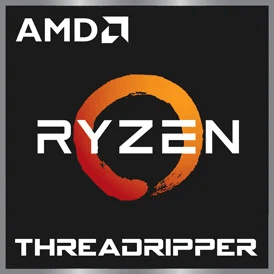Intel Processor 300 vs Intel Celeron J3455E
We compared two desktop CPUs: Intel Processor 300 with 2 cores 3.9GHz and Intel Celeron J3455E with 4 cores 1.5GHz . You will find out which processor performs better in benchmark tests, key specifications, power consumption and more.
Main Differences
Intel Processor 300 's Advantages
Released 4 years and 3 months late
Higher specification of memory (4800 vs 2400)
Larger memory bandwidth (76.8GB/s vs 29.9GB/s)
Newer PCIe version (5.0 vs 2.0)
Higher base frequency (3.9GHz vs 1.5GHz)
More modern manufacturing process (10nm vs 14nm)
Intel Celeron J3455E 's Advantages
Lower TDP (10W vs 46W)
Score
Benchmark
Geekbench 6 Single Core
Intel Processor 300
+627%
2152
Intel Celeron J3455E
296
Geekbench 6 Multi Core
Intel Processor 300
+422%
4427
Intel Celeron J3455E
848
Passmark CPU Single Core
Intel Processor 300
+284%
3218
Intel Celeron J3455E
836
Passmark CPU Multi Core
Intel Processor 300
+236%
7257
Intel Celeron J3455E
2154
General Parameters
Oct 2023
Release Date
Jul 2019
Intel
Manufacturer
Intel
Desktop
Type
Desktop
x86-64
Instruction Set
x86-64
Alder Lake
Core Architecture
Apollo Lake
300
Processor Number
J3455E
LGA-1700
Socket
BGA-1296
UHD Graphics 710
Integrated Graphics
HD Graphics 500
Package
10 nm
Manufacturing Process
14 nm
46 W
Power Consumption
10 W
100 °C
Peak Operating Temperature
105 °C
CPU Performance
2
Performance Cores
4
4
Performance Core Threads
4
3.9 GHz
Performance Core Base Frequency
1.5 GHz
-
Performance Core Turbo Frequency
2.3 GHz
2
Total Core Count
4
4
Total Thread Count
4
100 MHz
Bus Frequency
100 MHz
39
Multiplier
15x
80 K per core
L1 Cache
32 K per core
1280 K per core
L2 Cache
2 MB shared
6 MB shared
L3 Cache
-
No
Unlocked Multiplier
No
Memory Parameters
DDR5-4800,DDR4-3200
Memory Types
DDR3L-1866, LPDDR3-1866, LPDDR4-2400
192 GB
Max Memory Size
8 GB
2
Max Memory Channels
2
76.8 GB/s
Max Memory Bandwidth
29.9 GB/s
No
ECC Memory Support
No
Graphics Card Parameters
true
Integrated Graphics
true
300 MHz
GPU Base Frequency
-
1450 MHz
GPU Max Dynamic Frequency
750 MHz
192
Shader Units
-
48
Texture Units
-
24
Raster Operation Units
-
24
Execution Units
-
15
Power Consumption
-
3840x2160 - 60 Hz
Max Resolution
-
0.56 TFLOPS
Graphics Performance
-








